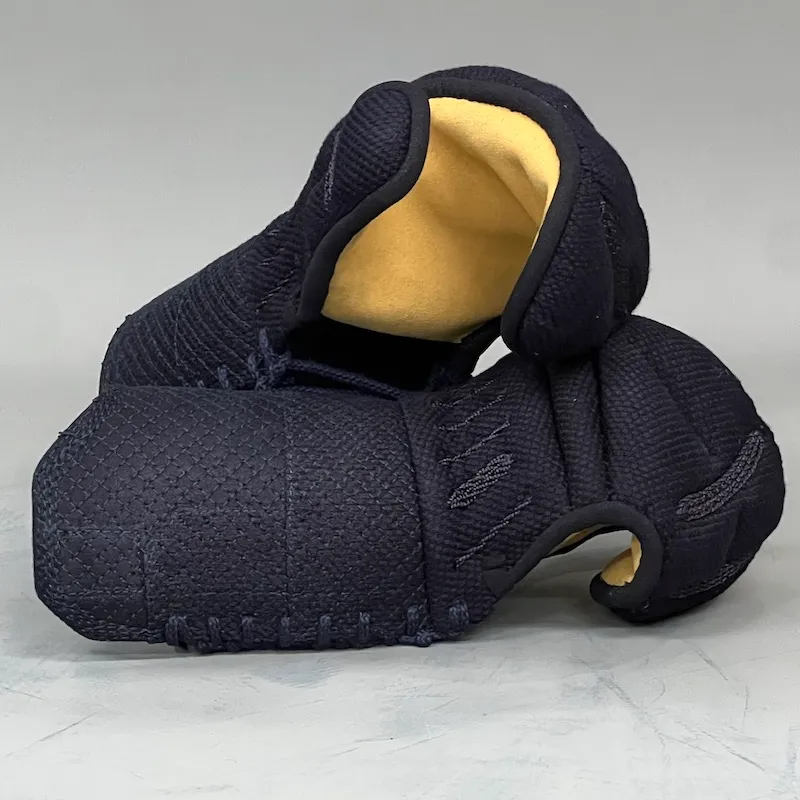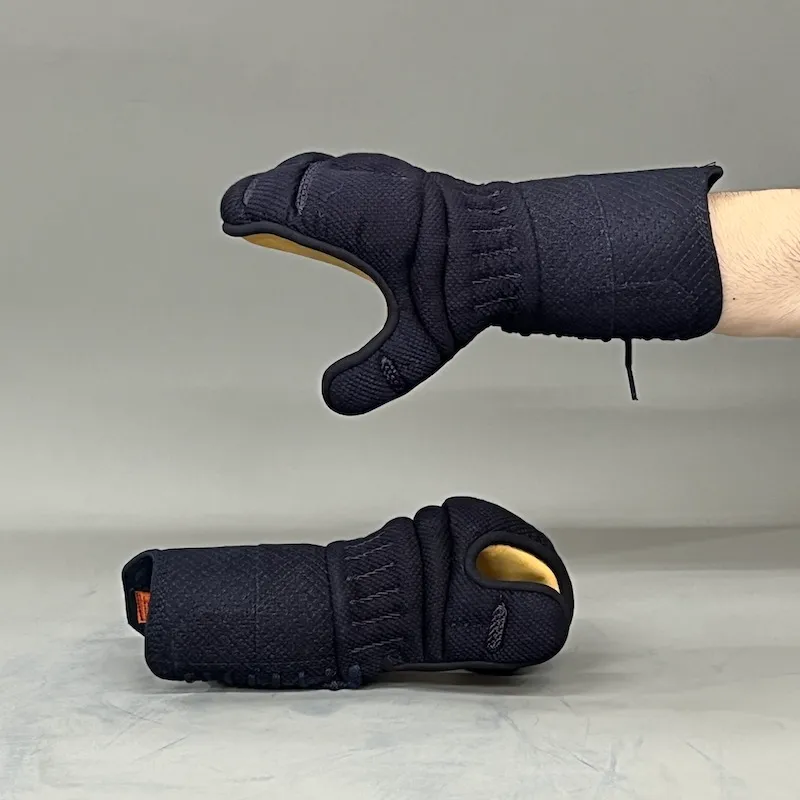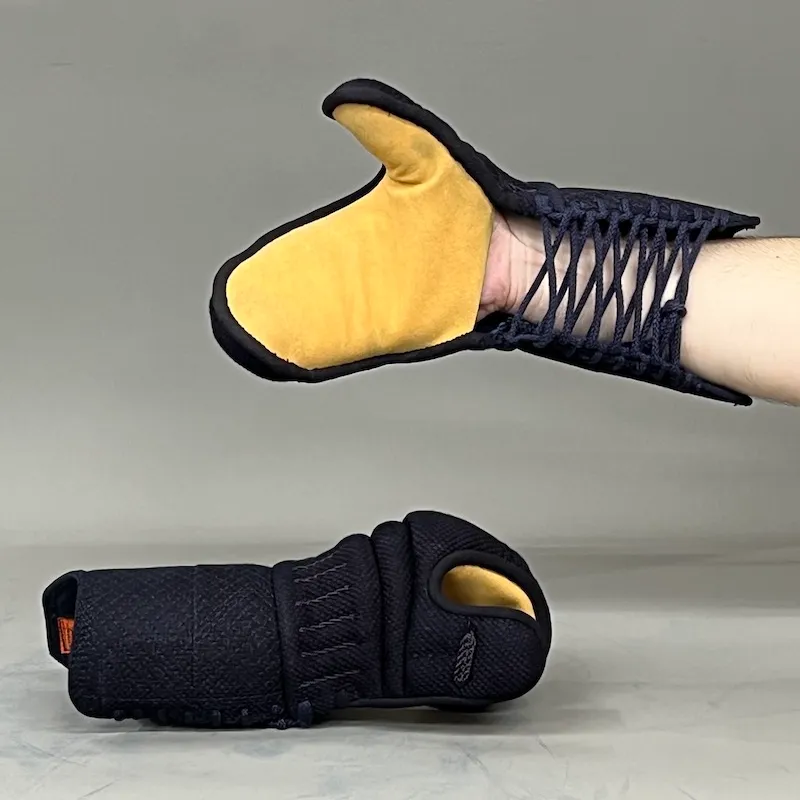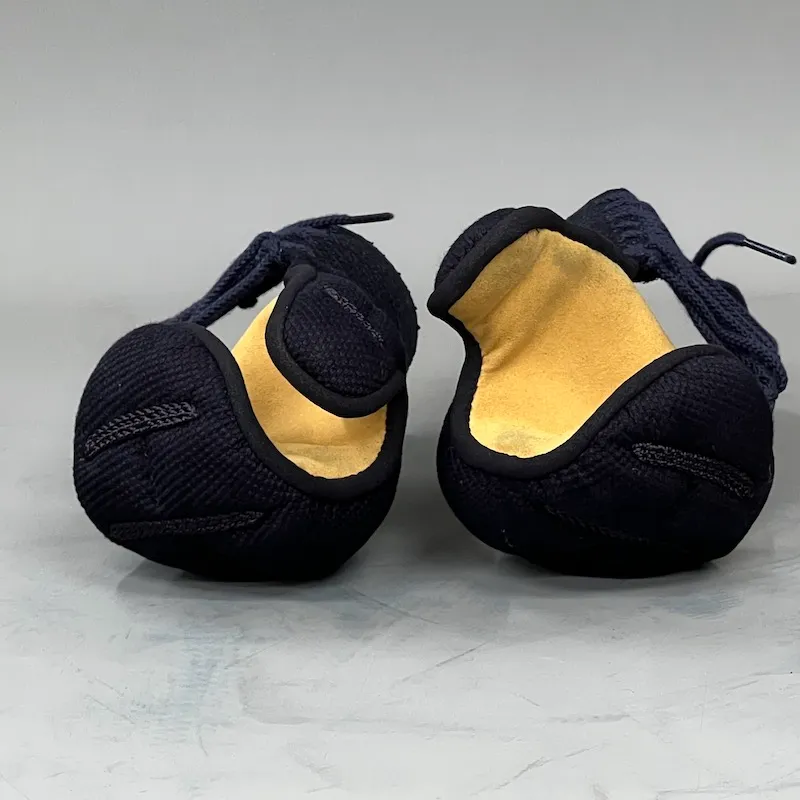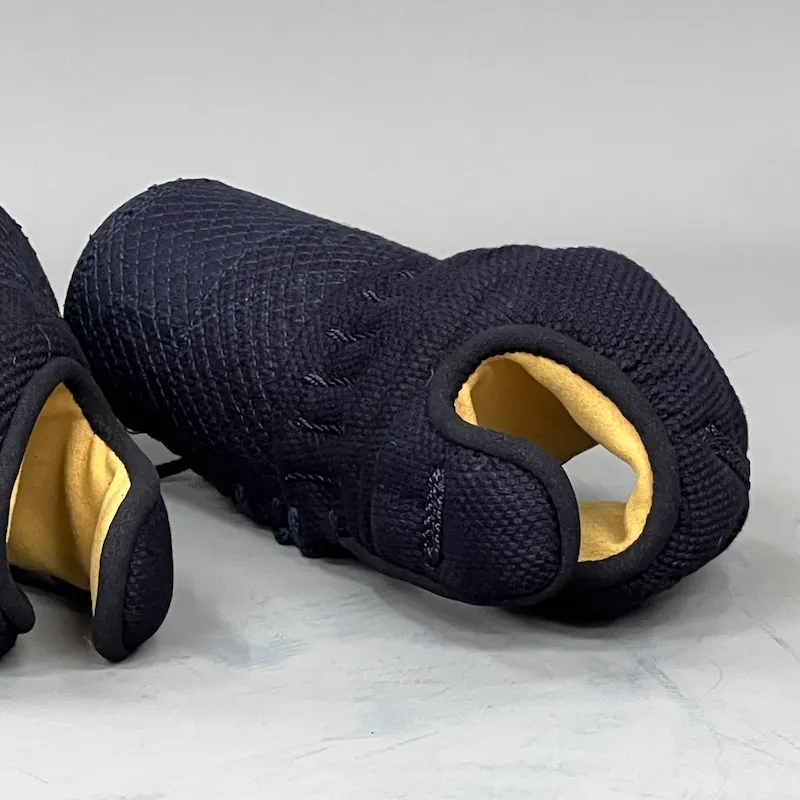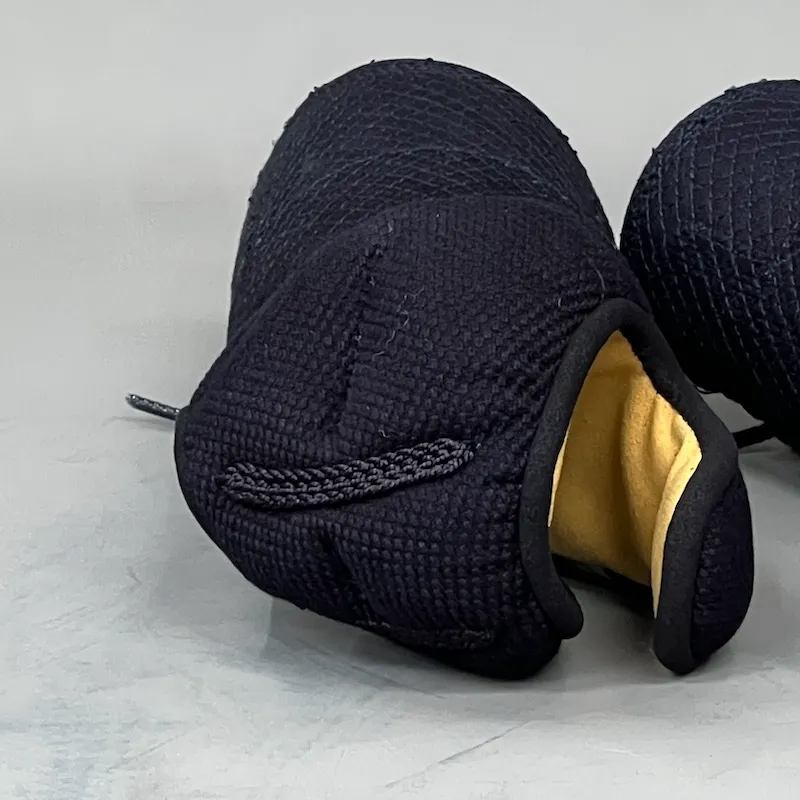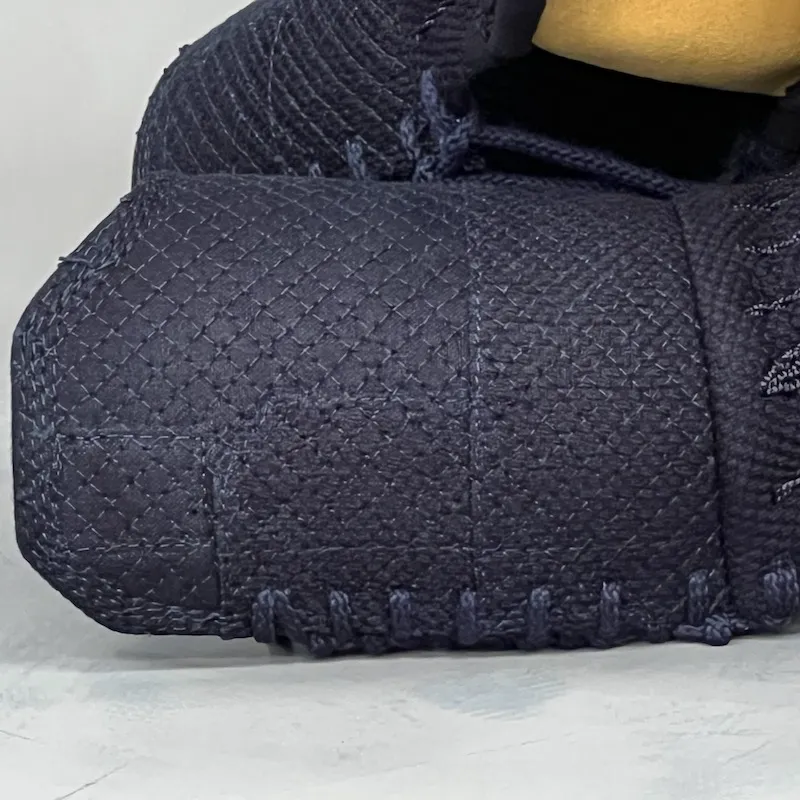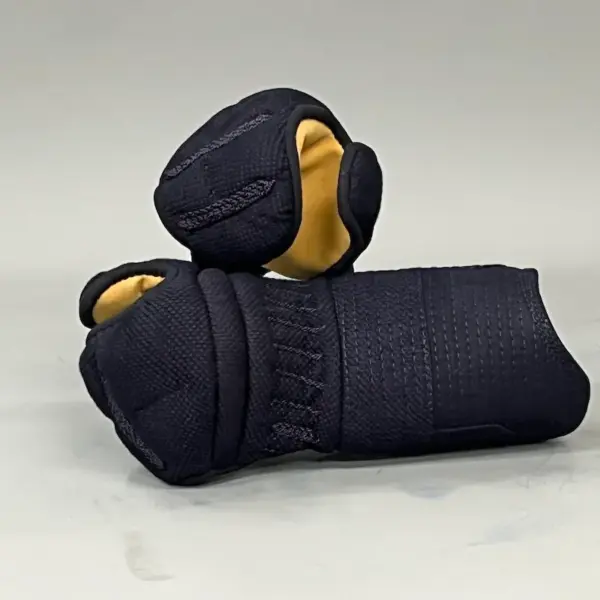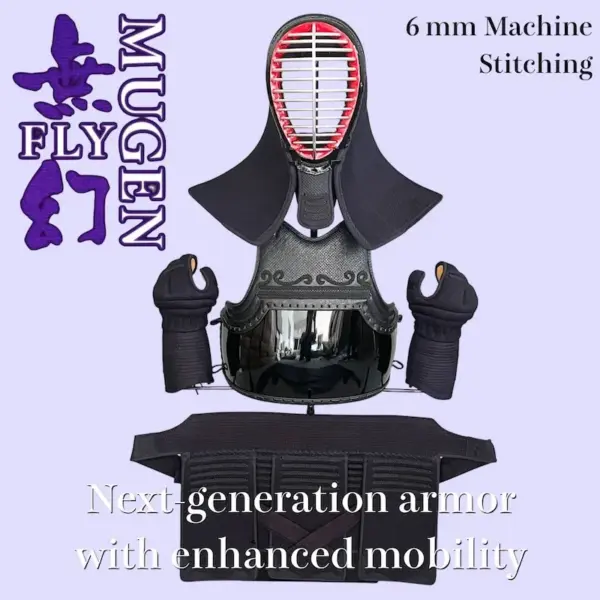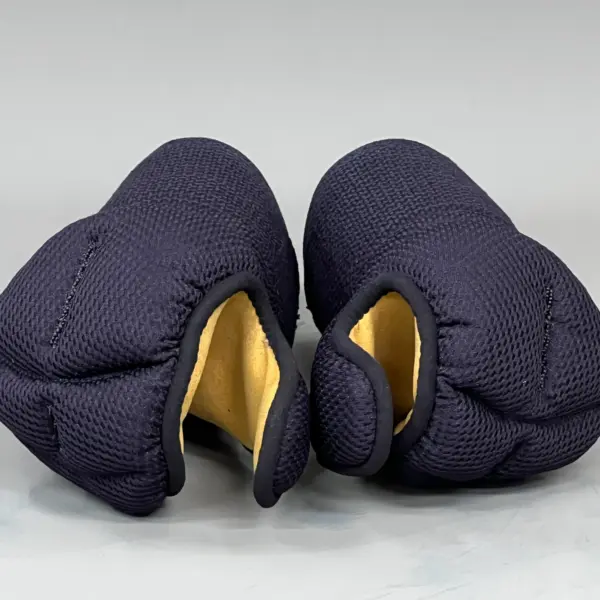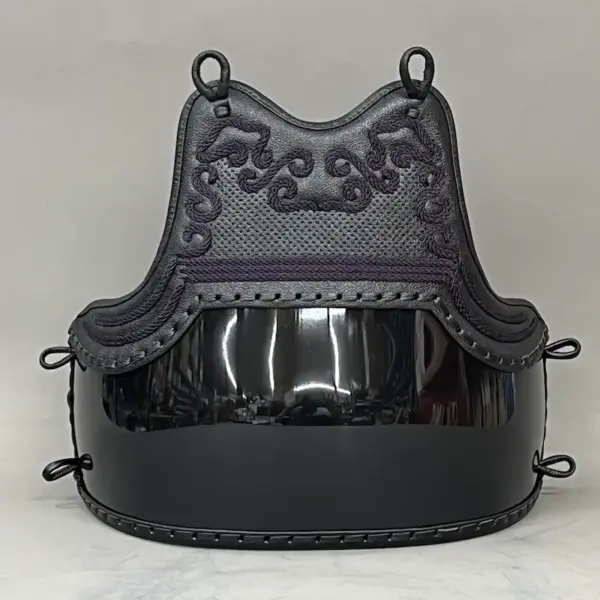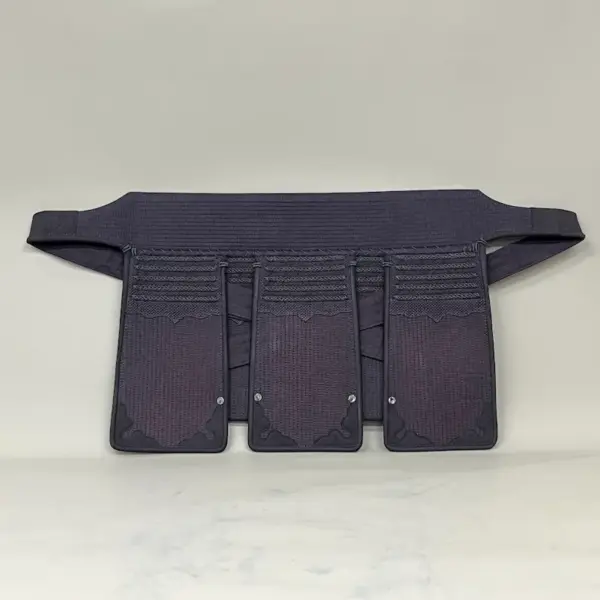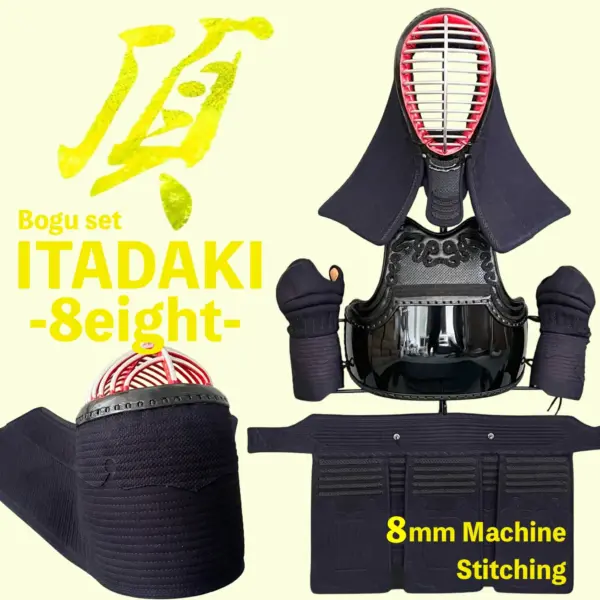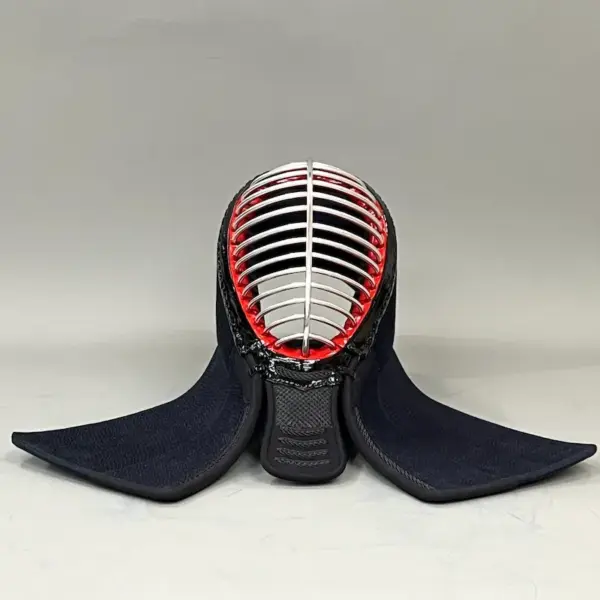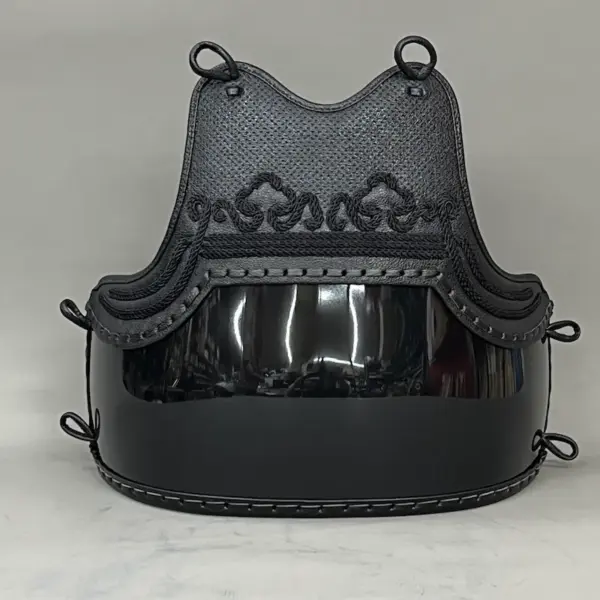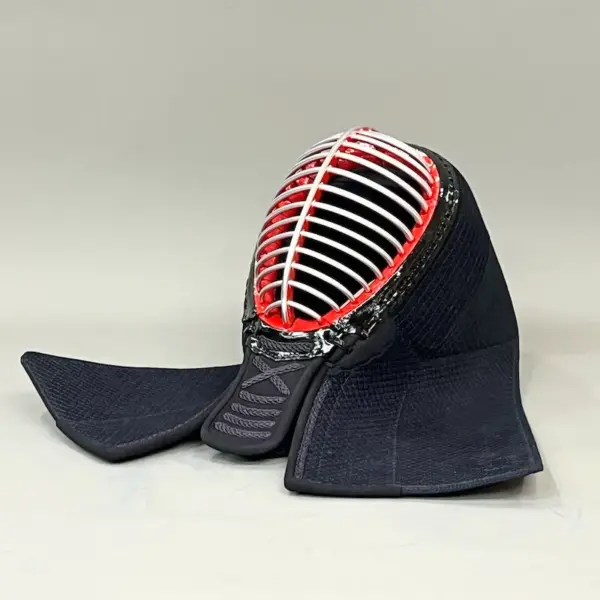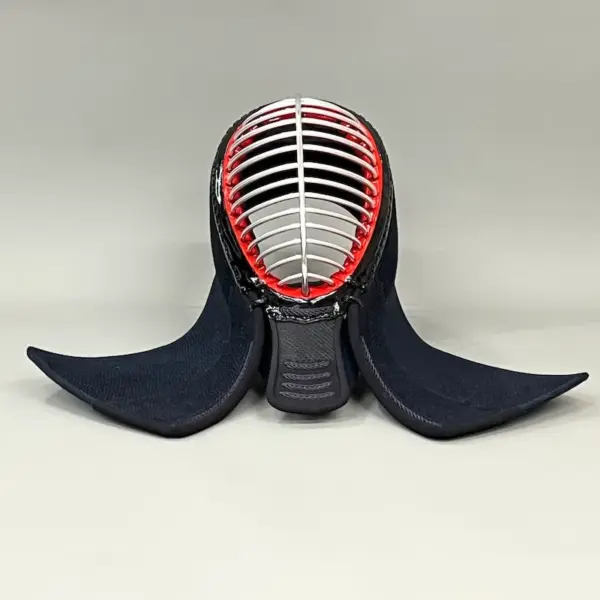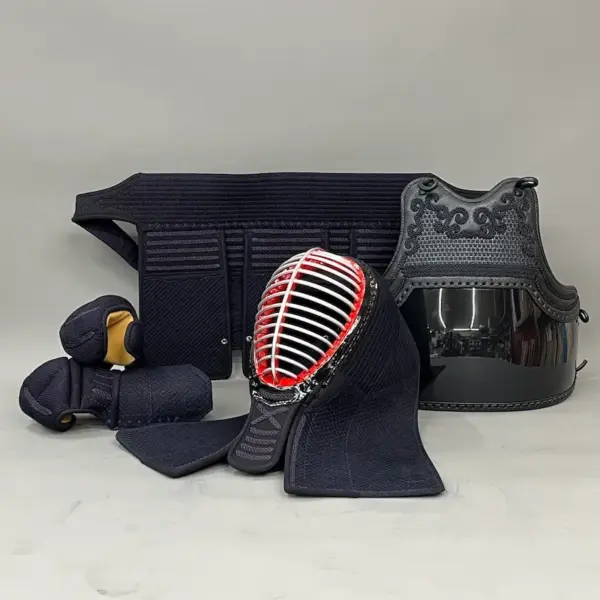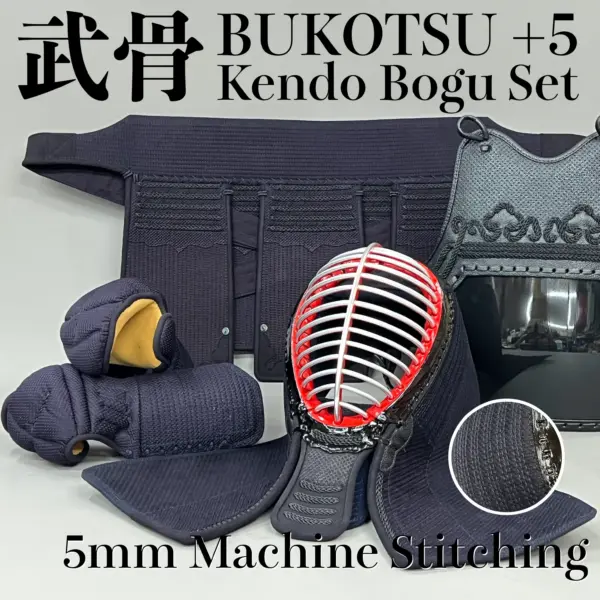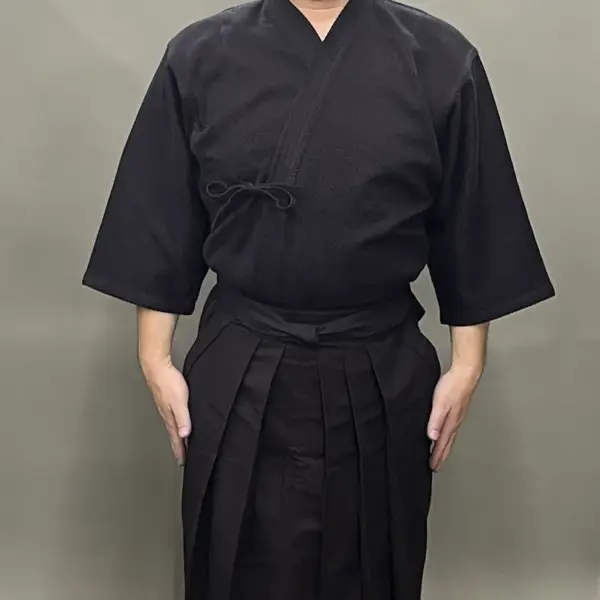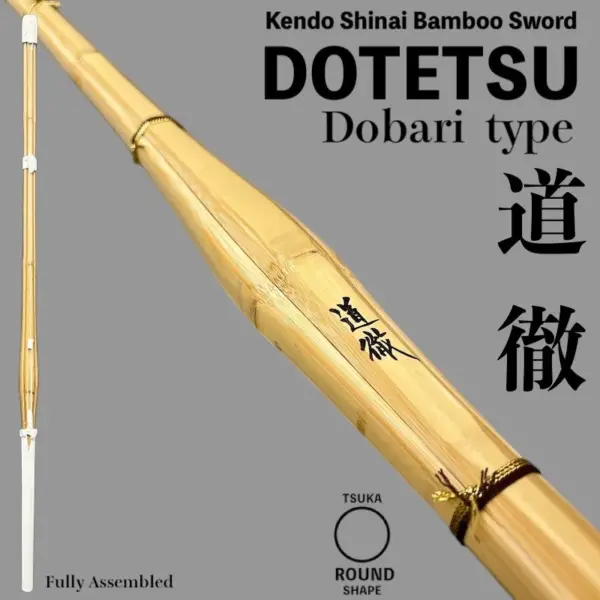KOKORO Kote Single Item Cross-Stitched Orizashi Fabric Machine-Stitched Memory Foam Core ULTRA FELT For Intermediate to Advanced Users High-Quality Model
Specifications of KOKORO Cross-Stitched Kote
・8mm Machine Cross-Stitching (Kote-Buton – forearm padding)
・Made with traditional Orizashi cotton fabric
・Palm (grip area): Synthetic leather
・Kote-Buton (forearm section): Thicker on the right hand for protection during strikes; standard thickness on the left
・Available Sizes: M, L, XL
▪ Excellent Shock Absorption & Durability
The right kote’s forearm section is designed thicker than the left to better withstand strikes.
The 8mm cross-stitching on the padding (Kote-Buton) creates a structured surface that disperses impact through multiple contact points, instead of one flat area.
The palm uses synthetic leather that offers a firm and secure grip on the shinai.
The knuckle section (Kote-Atama) is fully covered in Orizashi fabric and features a traditional dual-stitch decorative design. It’s padded with a moderate thickness for both protection and flexibility when gripping.
▪ Fabric & Dye Information
The Orizashi indigo-dyed fabric used in this product is dyed overseas. While it presents a beautiful indigo hue, it may differ in depth and richness compared to high-end Japanese-dyed fabrics.
Indigo dye may temporarily transfer to your skin during use. This will diminish over time.
Orizashi fabric is a thick, 100% cotton weave also used for traditional kendogi.
Two primary types of fabric are used in kendo equipment:
・Orizashi – rough-textured weave
・Kon-Tan – a smoother cotton fabric used in hakama
● Takeshima’s Recommendation
KOKORO “Cross” is a relatively new innovation in machine-stitched kendo equipment. It features the refined look and feel of high-grade hand-stitched gear, making it highly recommended for matches or intense practice.
In traditional machine stitching, kendo gear is sewn in vertical lines. “Cross-Stitching” adds horizontal lines, creating a crisscrossed pattern that helps disperse impact more effectively.
The KOKORO Cross Kote takes double the effort to produce compared to standard models. This extra care brings out a balanced firmness—neither too soft nor too stiff. Over time, the structured padding molds to the user, improving fit and responsiveness.
We encourage advanced and committed practitioners to experience this evolution in performance and feel.
Maintenance Tips
①Drying After Use:
Reshape the kote and air dry in a shaded, well-ventilated area. Avoid prolonged exposure to direct sunlight, as this may cause discoloration or fabric degradation. Brief drying (1–2 hours) is acceptable, but do not leave the kote out for multiple days.
②Maintain Shape:
After use, smooth out creases in the palm area and reshape the kote to retain its original form.
③Sweat & Salt Residue:
Over time, sweat and salt may surface as white patches. Use a spray bottle or lightly damp cloth to gently moisten the surface and allow it to dry naturally.
Avoid strong rubbing—especially on indigo-dyed areas—as this may cause uneven fading or damage to the appearance.
④Softening the Knuckle Area:
With continued use, the knuckle padding may harden due to sweat. Before each use, gently massage and soften this area to maintain comfort and flexibility.
Maintenance Tips
①After use, reshape the kote and dry it in the shade in a well-ventilated area. Avoid prolonged exposure to direct sunlight, as it may cause fading or deterioration of the indigo dye. Short drying times (1–2 hours) are acceptable.
②After each use, smooth out wrinkles in the palm area and reshape the entire kote to maintain its original form.
③Over time, sweat and salt from use may appear as white stains on the surface. In that case, lightly moisten the area using a spray bottle or damp cloth and allow it to dry naturally. Do not scrub the indigo-dyed areas harshly, as this may cause uneven fading and diminish the kote’s appearance.
④The fist area (kote-gashira) may stiffen over time due to sweat. Before each use, gently massage and soften the area to ensure a more comfortable fit and better usability.
●Notes
・Each Kendo equipment brand manufactures its products based on its own unique design philosophy and standards. As a result, even if the size specifications are the same, there may be slight differences in details such as the thickness of the men-shin (helmet padding), the shape of the do (chest protector), or the length of the kote (gloves).
・The Orizashi fabric used in this set is dyed overseas. While it offers a beautiful shade of indigo, please note that there may be subtle differences in tone and texture compared to high-end Japanese-made fabrics.
・Indigo-dyed fabrics may initially transfer color to the skin or clothing. This will gradually fade with continued use.
・The outer fabric is made from 100% cotton and is similar to the thick material used for kendogi (Kendo uniforms). Two main fabric types are commonly used in Kendo armor:
Orizashi: A woven-textured cotton fabric.
Kon-tan: A smoother, tighter-woven fabric, typically used for hakama.
・Due to differences in devices and viewing environments, the color and texture of the product may appear slightly different from the actual item. Thank you for your understanding.
・LET’S KENDO MAX is closed on weekends and public holidays.
Inventory is shared across multiple sales platforms. In rare cases, items may sell out before your order is confirmed.
・Although we always aim to ship your order as quickly as possible, some products may require 7–10 business days for preparation. We appreciate your patience.
・LET’S KENDO MAX does not charge any customs duties, VAT, or handling fees for international orders.
However, depending on your country (especially in European regions), you may be required to pay local taxes or import duties before delivery.
Please check with your local customs office for more information.
